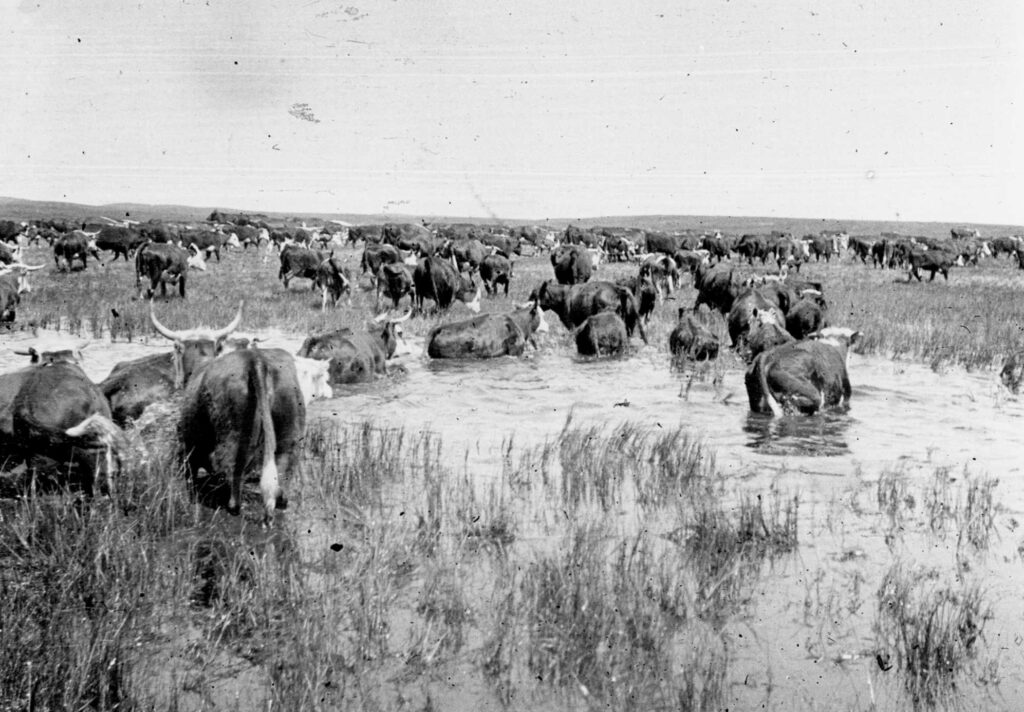Chapter 10 - JESSE KNIGHT, BAR K2, and THE SUGAR FACTORY
Thursday, August 21, 1947

It was either 1899 or 1900 that the late Jesse Knight of Provo, Utah, acquired a township and a half of land immediately west of our holding and started the –K2 ranch. The ranch took its name from the brand –K2 on the right ribs. His son, J. William Knight, now of Provo, Utah, was in charge of the –K2 ranch at its beginning. Shortly after this, Mr. Jesses Knight made a contract with the Alberta Railway and Irrigation Company for the purchase of a large block of land immediately east of our ranch, and in this contract he agreed to build and operate aa sugar factory on this land. As I remember, this land contract covered the purchase of some 250,000 acres. Mr. Knight founded a town on this land and named this town Raymond, in honor of his eldest son, O. Raymond Knight.
He built a sugar factory at Raymond and operated it for a number of years. It seems as though there were not enough people in the country at this time to grow sufficient sugar beets for the operation of a sugar beet factory, and its inception was too premature to make its operation really successful. It was later sold and dismantled and shipped to either Utah or Idaho for rebuilding. It was through the influence of Mr. Jesse Knight that settlers came from Utah and Idaho and purchased land in the Raymond district. The Knights carried on large ranching operations on their large acreage, bring in Dogie cattle from Manitoba. These were farm-raised cattle and every storm started them trailing along fences and piling up in muddy coulees. It took them a couple of years to get over their homesickness and to get acclimated. The late Kick Kinsey came from Utah and was their foreman from the ranch beginning until his death in 1918 during the ‘flu epidemic.
The years between 1895 and 1902 contained both wet and dry years. The Mormon settlers around Cardston during one of these dry years began praying for rain. The rain came in due course and kept on falling until they prayed for it to stop, which it finally did. Big grass was everywhere and bunch grass, when headed out during the month of July, would reach a rider’s stirrups. In May 1902 it rained continuously. Pot Hole Creek became a real river and the roaring water coursing down it could be heard for a two-mile distance. Lakes and sloughs were full and running over. Thousands of gophers were drowned and the whole country squashed under horses’ feet like an irrigated hay meadow. Mosquitoes were so thick that nearly everyone wore mosquito netting and it was hard to breath without getting them in your mouth and nose.
